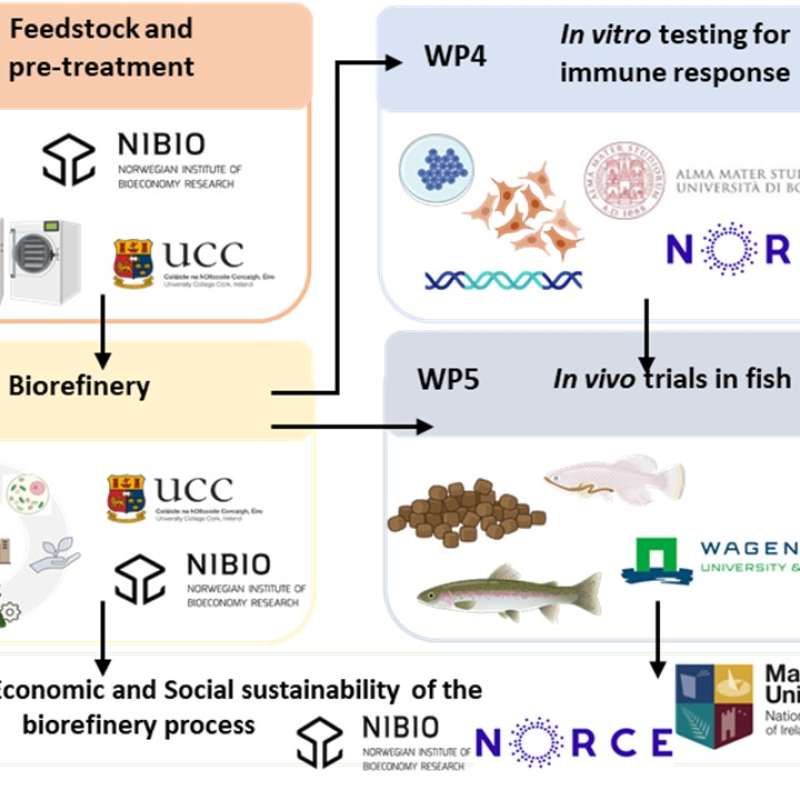Hanne Mæhre
Research Scientist
(+47) 993 89 778
hanne.maehre@nibio.no
Place
Bodø
Visiting address
Torggården, Kudalsveien 6, NO-8027 Bodø
Abstract
No abstract has been registered
Abstract
No abstract has been registered
Abstract
No abstract has been registered

